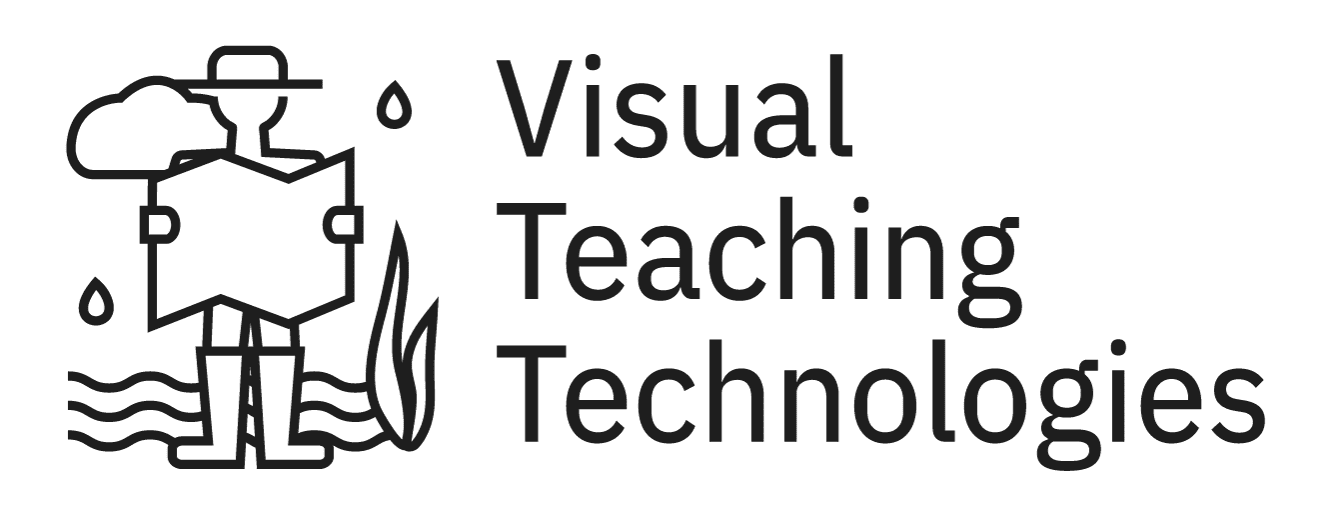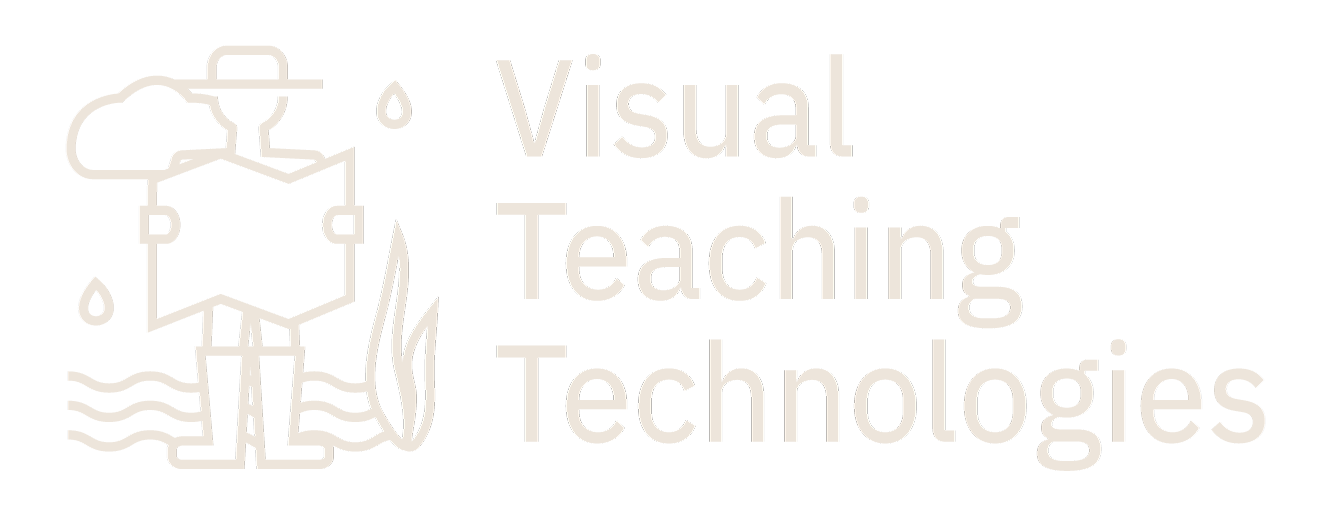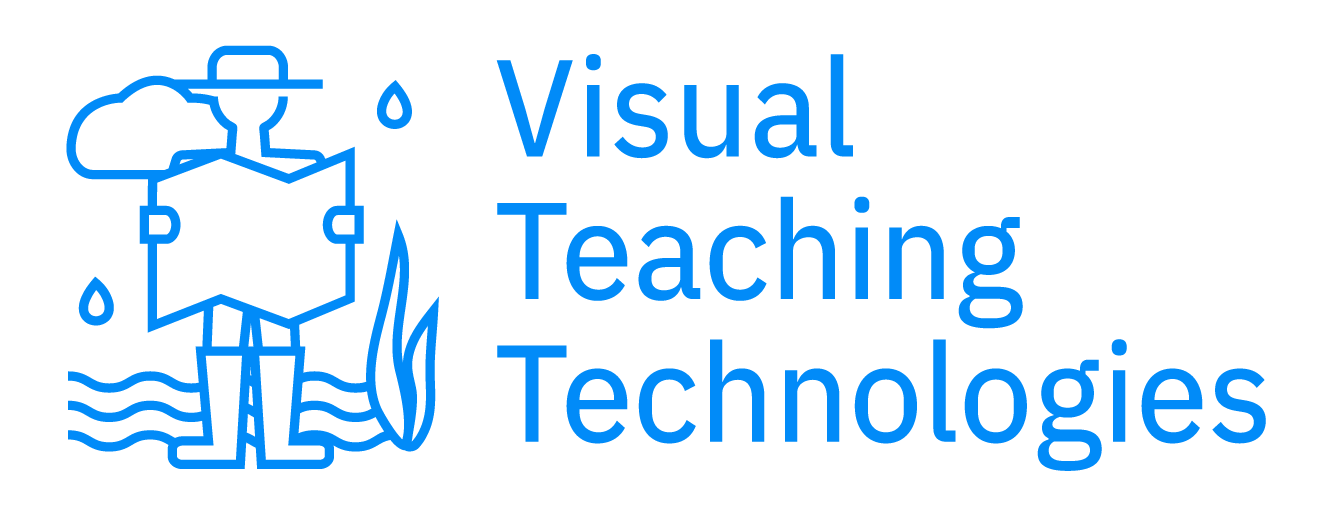How did Visual Teaching Technologies get its name?
Laura Jean Palmer-Moloney (founder): “When I was an Assistant Professor in the Geography Department at SUNY-Oneonta, many of my students were learning to use Geographic Information Systems (GIS), like ESRI’s ARC, for managing, analyzing, and visualizing data. Though they gained technical know-how, it pained me to see the lack of answers for … And now what? questions that they had to show.
In spring of 2002, I designed a GIS Applications course, and in summer of 2002, I started my independent consulting business, Visual Teaching Technologies (VTT). My goal then and now is to use visually displayed geographic data (maps and graphics, along with infographics, photos, and videos) to drive decision-making rather than to serve as pretty and/or intimidating slides in death-by-PowerPoint presentations.This is what became VTT’s GEONarrative approach.”
Why use a GEONarrative approach? We already have GIS, isn’t that enough?
Laura Jean Palmer-Moloney (founder): “As a geographer who cut her teeth on ESRI ARCView 3.2, I appreciate the way that geographic science software tools help us understand and collaboration when confronted by earth-based challenges. I agree that GIS software ‘helps people reach a common goal: to gain actionable intelligence from all types of data.’ But GIS visualizations do not come with Calls To Action. What happens to the GIS products created?”
GIS helps users understand patterns, relationships, and geographic context, but it does not provide dialogue, discussion, and guidance about what to do with the maps, graphs, and displays it creates.
The GEONarrative is all about putting content into context, making connections, and drawing conclusions that lead to informed dialogue, discussion, and decisions. We use GIS but our work is an answer to the “so what?” for using GIS.
Who is our ideal client?
Foundations that support resilient marine ecosystems, safe & stable livelihoods, and clean, renewable energy and high net-worth individuals who support entrepreneurs and projects making social and environmental impact.
What are VTT's commitments to clients?
We are here to make sure your investment in blue economy endeavors pays off!
Whether you are interested in a specific project or are generally looking for “impact investment” opportunities, we are here to provide guidance and advice.
We are here to help your money support the entrepreneurs doing and deploying blue economy work.
We bring capacity and capability, adding expert eyes on projects so you can proceed with confidence.
What does it mean to be a “boutique” consultancy?
We run an intentionally small-scale business that provides custom-tailored services and builds one-to-one relationships with our clients.
We are selective and restrict our workload, giving focused attention needed for our assessments and recommendations.
What does it mean to “make the world a better place”?
Making the world a better place begins with urgently admitting that we have driven civilization far out of balance with nature. Humankind has prospered by depleting and redirecting resources while ignoring negative consequences. As we discover new species, we drive others to extinction.
We must make a positive difference as we become more threatened by climate change, pollution, habitat destruction, corruption, and water scarcity. Governments, businesses, science, and citizens of Earth must align to mitigate and reverse the impact of human activity.

See content.
Understand context.
Discover connections.
Evaluate consequences.
quick links
send us mail
P.O. Box 443
Morehead City, NC
28557
email Us
visualteachingtechnologies
(at)gmail.com

